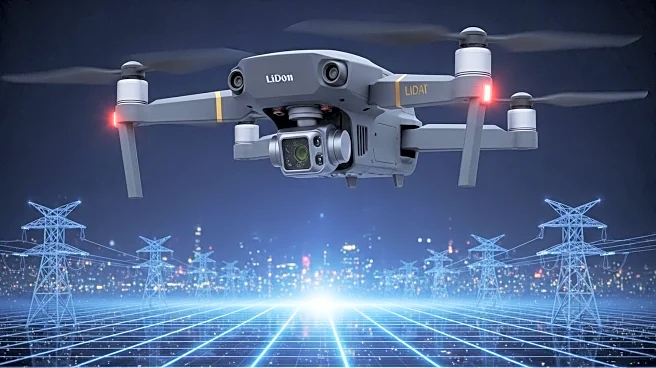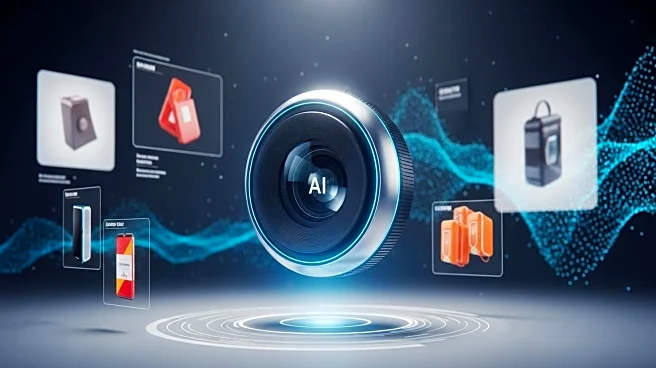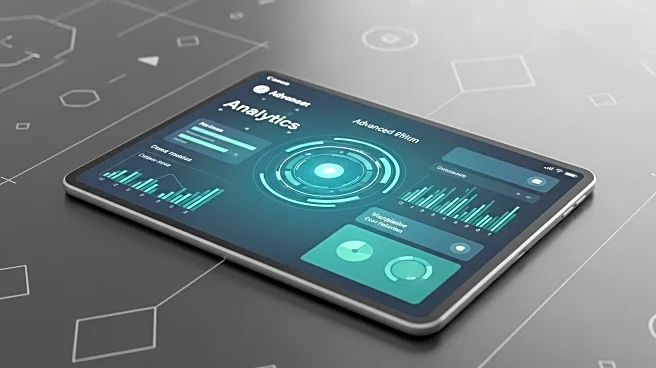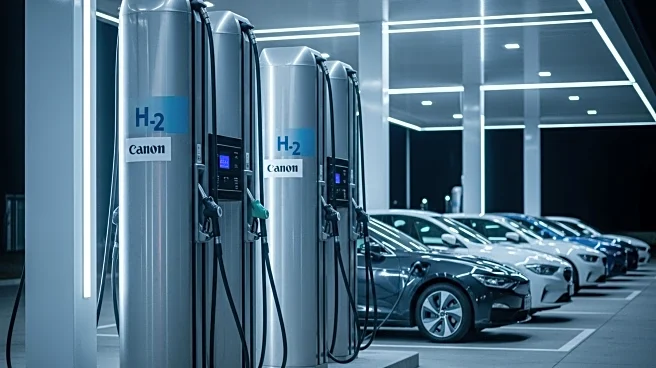What's Happening?
Electric utilities are under pressure to modernize aging power grids amidst increasing climate threats. A key technology aiding this transformation is LiDAR (Light Detection and Ranging), which provides high-resolution 3D data points to create detailed digital models of utility networks. This technology enhances planning, maintenance, risk mitigation, and emergency response by offering precise insights into infrastructure conditions. The integration of AI with LiDAR allows for efficient classification of data, transforming raw data into actionable information. This advancement is crucial for vegetation management, asset inspection, compliance, and disaster modeling, ultimately supporting system upgrades and infrastructure expansion.
Why It's Important?
The modernization of the electric grid is vital for improving resilience, safety, and efficiency. LiDAR technology, combined with AI, offers utilities the ability to manage infrastructure more effectively, reducing risks and operational costs. As costs decrease and tools mature, smaller utilities can access these technologies, leveling the playing field and accelerating grid modernization. This shift towards smarter data management is essential for transitioning to renewable energy sources and enhancing the sustainability of the energy sector.
What's Next?
The future of utility-grade LiDAR is closely linked to AI advancements. Predictive modeling and real-time classification are emerging capabilities that will further enhance grid management. As these technologies become more accessible, utilities of all sizes will benefit from improved infrastructure planning and risk mitigation. The continued integration of LiDAR data with broader asset systems will support proactive management and drive the transition to a more resilient and sustainable energy future.











